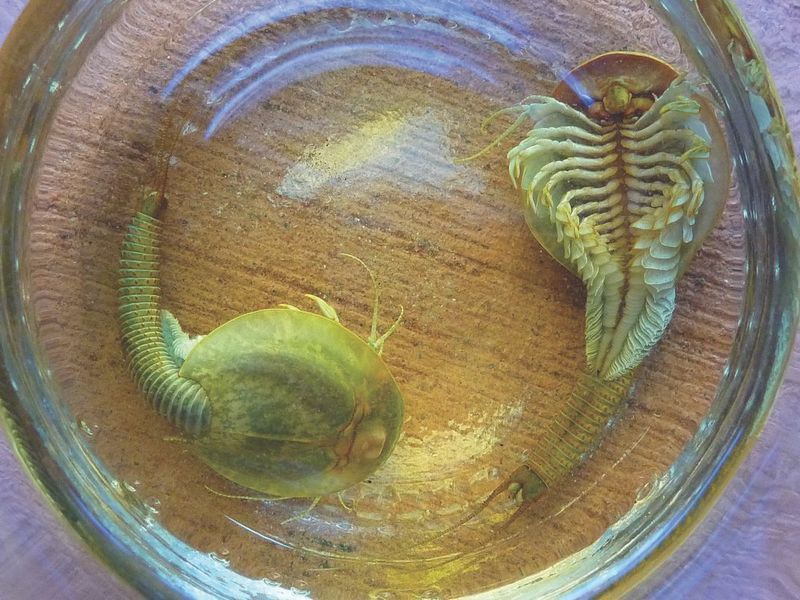Amazing facts
Think you know Uluṟu and Kata Tjuṯa? Check your knowledge with these fascinating facts about the park.
How high is Uluṟu?
Uluṟu rises 348 metres above the surrounding plain. That’s higher than the Eiffel Tower in Paris, the Chrysler Building in New York or the Eureka Tower in Melbourne.
How far is it around Uluṟu?
If you walk right around the base of Uluṟu, you’ll discover the rock has a circumference of 9.4 km.
How much does Uluṟu weigh?
In 2018 the Northern Territory Geological Survey calculated the weight of Uluṟu for the ABC TV series Catalyst.
Their estimate was 1,425,000,000 tonnes – and that’s just the part above the ground!
How high is Kata Tjuṯa?
The tallest dome of Kata Tjuṯa rises 546 metres above the plain.
When did Uluṟu-Kata Tjuṯa become a national park?
Ayers Rock (which we now call Uluṟu) was first declared a national park in 1950.
In 1958, both Ayers Rock and Mount Olga (now Kata Tjuṯa) were excised from an Aboriginal reserve to form the Ayers Rock–Mt Olga National Park. The park’s name was changed to Uluṟu and Kata Tjuṯa (Ayers Rock–Mt Olga) National Park in 1977.
In 1985, after more than 35 years of campaigning, Aṉangu were recognised as the Traditional Owners of the park and handed back the deeds to their homelands.
The park was officially renamed Uluṟu-Kata Tjuṯa National Park in 1993.
Read more about the history of Uluṟu-Kata Tjuṯa National Park
Who owns Uluṟu and Kata Tjuṯa?
Aṉangu own Uluṟu and Kata Tjuṯa and lease the land to the Australian Government.
Parks Australia and Aṉangu work together as partners, jointly managing the national park using a mix of modern science and traditional knowledge.
How long have Aboriginal people lived in the Uluṟu-Kata Tjuṯa area?
Aṉangu have lived and managed this Country for many millennia. Archaeological evidence shows that Aboriginal people have inhabited Central Australia for more than 30,000 years.
Who were the first non-Aboriginal people to see Uluṟu and Kata Tjuṯa?
In 1872, a party led by the explorer Ernest Giles spotted Kata Tjuṯa during their travels through Central Australia.
The following year, explorer William Gosse became the first European to see Uluṟu.
Read more about the history of Uluṟu-Kata Tjuṯa National Park
Do Aboriginal people still live traditionally?
Uluṟu-Kata Tjtua is a living cultural landscape. Aṉangu are still guided by Tjukurpa (law) to keep their Culture and Country strong. This is something that has never changed.
If you visit Uluṟu you may see people dot painting, performing inma (traditional dance and song), telling Tjukurpa stories or gathering bush tucker.
Find out more about Aṉangu Culture
Is it always hot and dry in the park?
In summer it can get really hot, with temperatures as high as 47°C during the day. But during winter the overnight temperature can drop to −7°C .
You might be surprised to learn that the park also gets around 300 mm of rainfall every year.
Find out more about our seasons
How many different types of animals live in Uluṟu-Kata Tjuṯa National Park?
There are a lot of animal species in the park, including 21 different mammals, 73 reptiles, 178 birds and 4 desert-dwelling frogs.
Is it true that there are shrimps living at Uluṟu?
Sometimes. After heavy rains, small, tadpole-like crustaceans called shield shrimps (Triops australiensis) hatch in temporary waterholes and rock pools in the park.
When the water dries up, the shield shrimp eggs also dry up and can remain dormant for several years until the next big rainfall.

How many different types of plants are there in Uluṟu-Kata Tjuṯa National Park?
There are more than 400 different plant species growing in the park. Many of these plants have traditional uses as bush foods, tools or medicine.
How many people visit Uluṟu-Kata Tjuṯa National Park?
Every year more than 250,000 people come from all over the world to experience the natural and cultural wonders of Uluṟu and Kata Tjuṯa.
Would you like to be one of them? Start planning your trip today!

